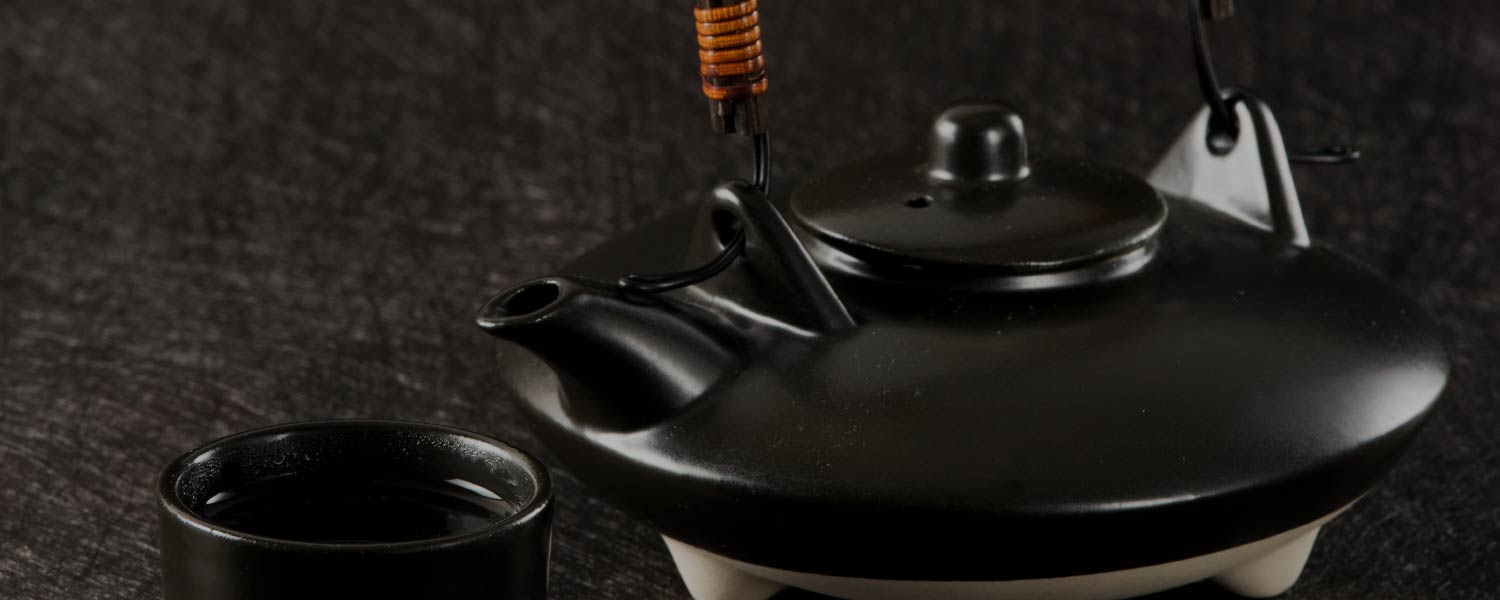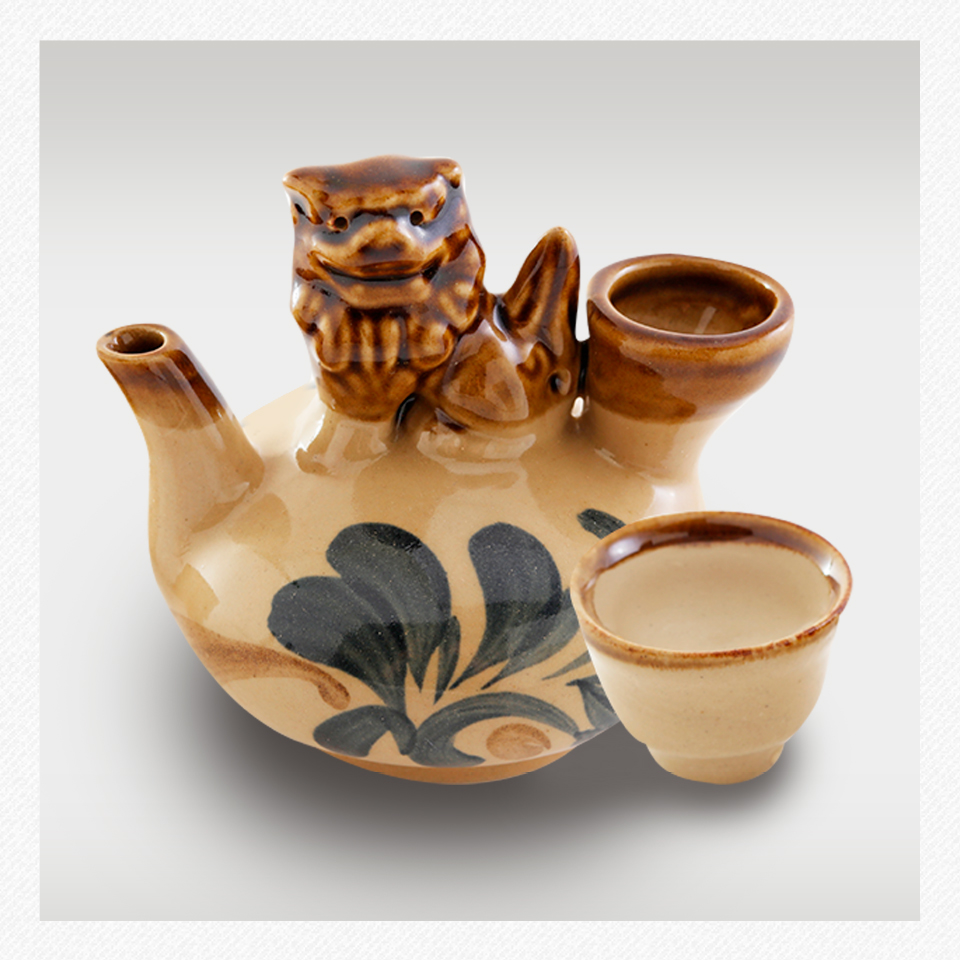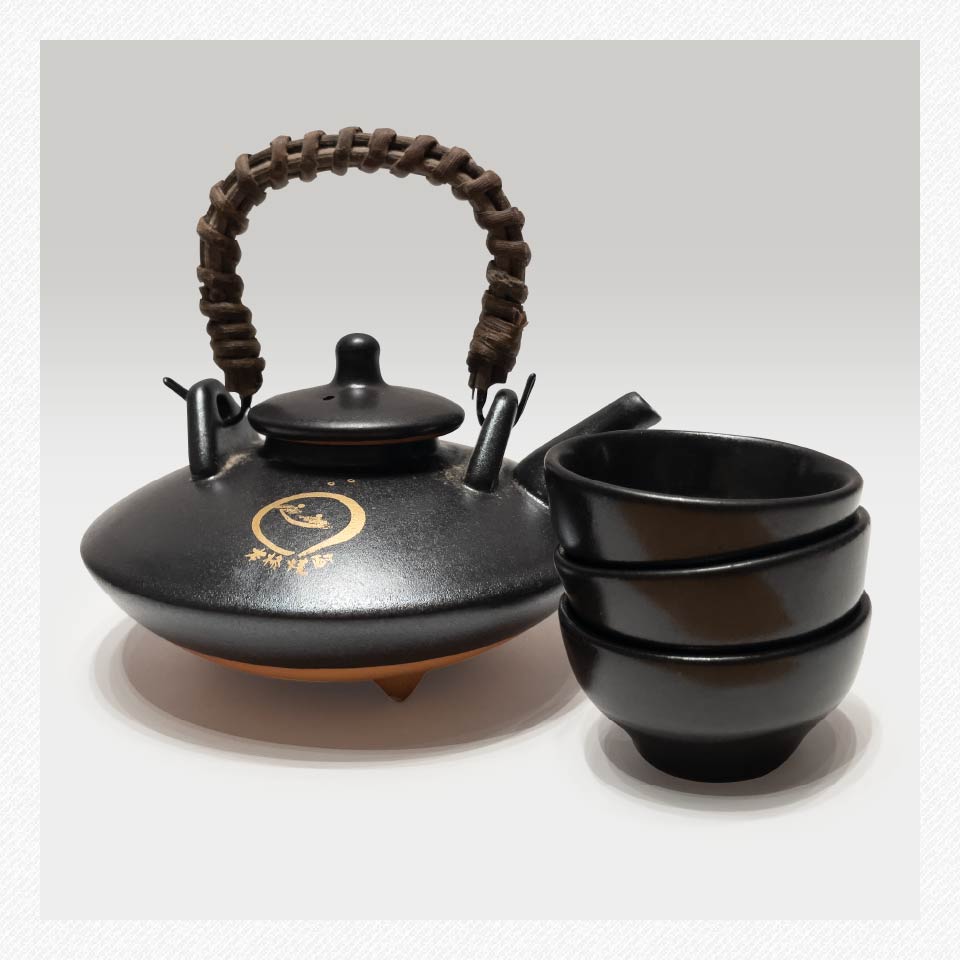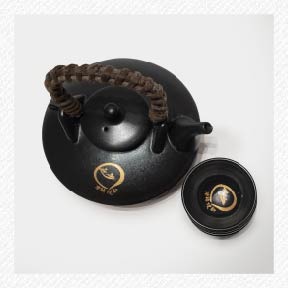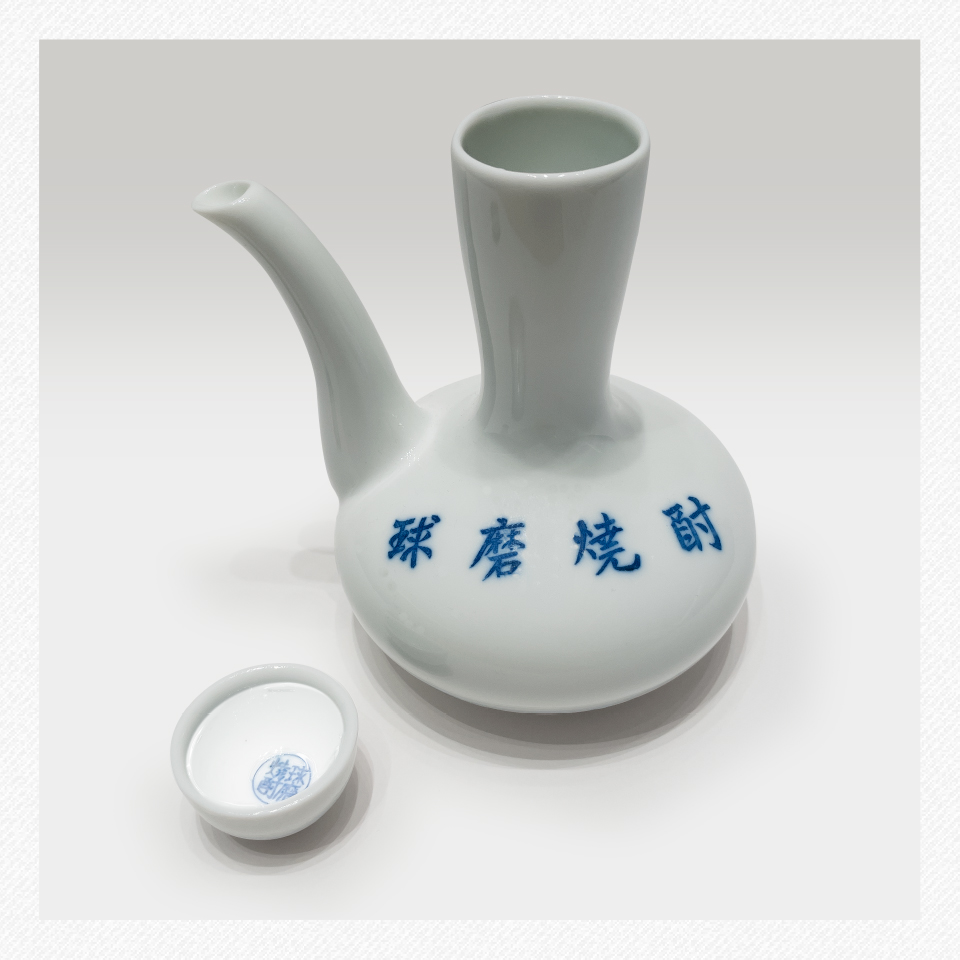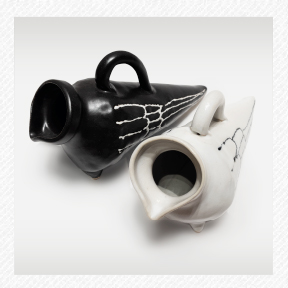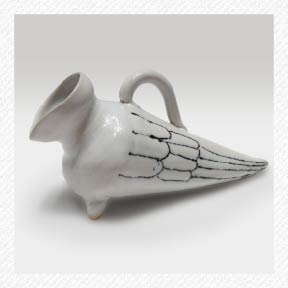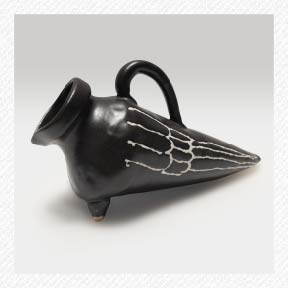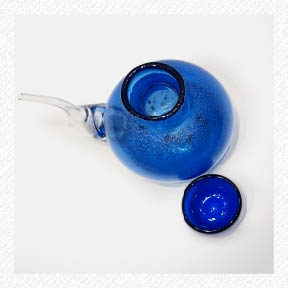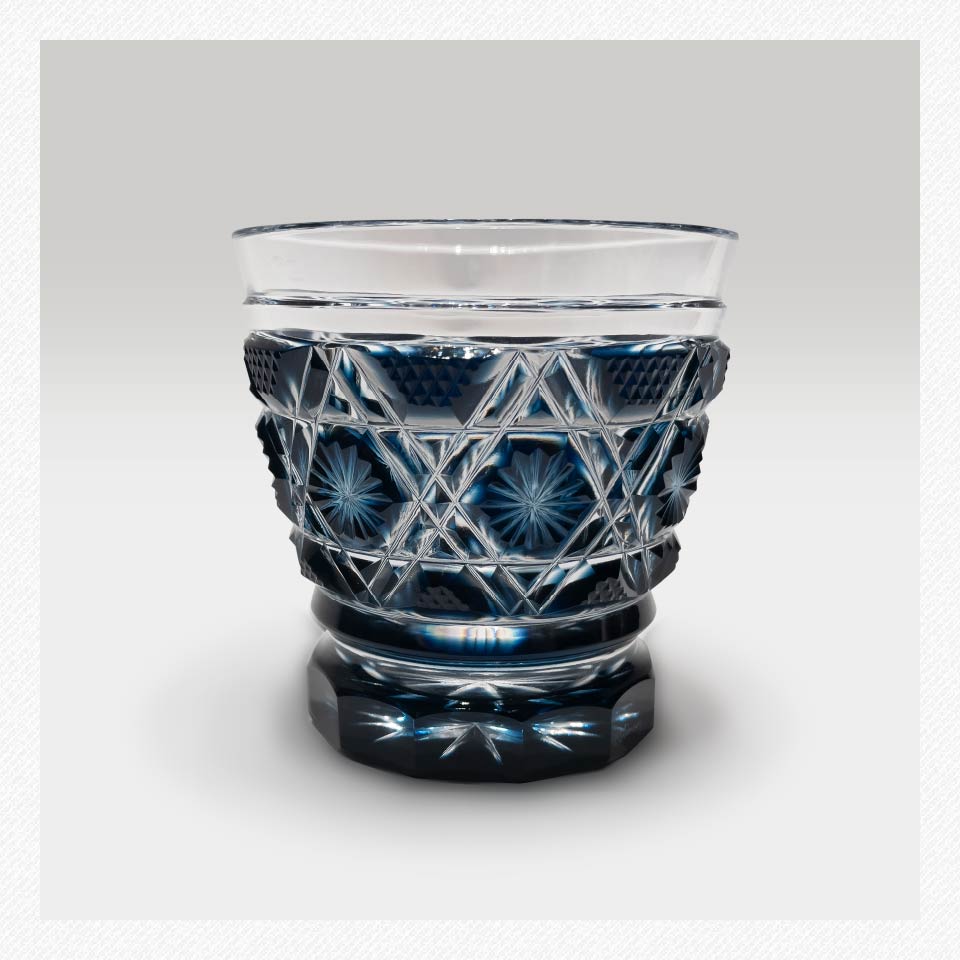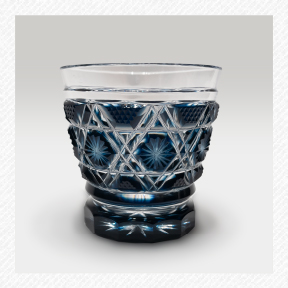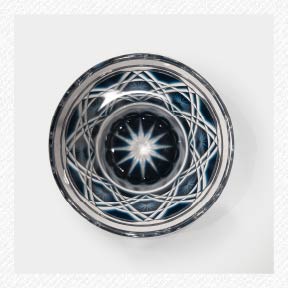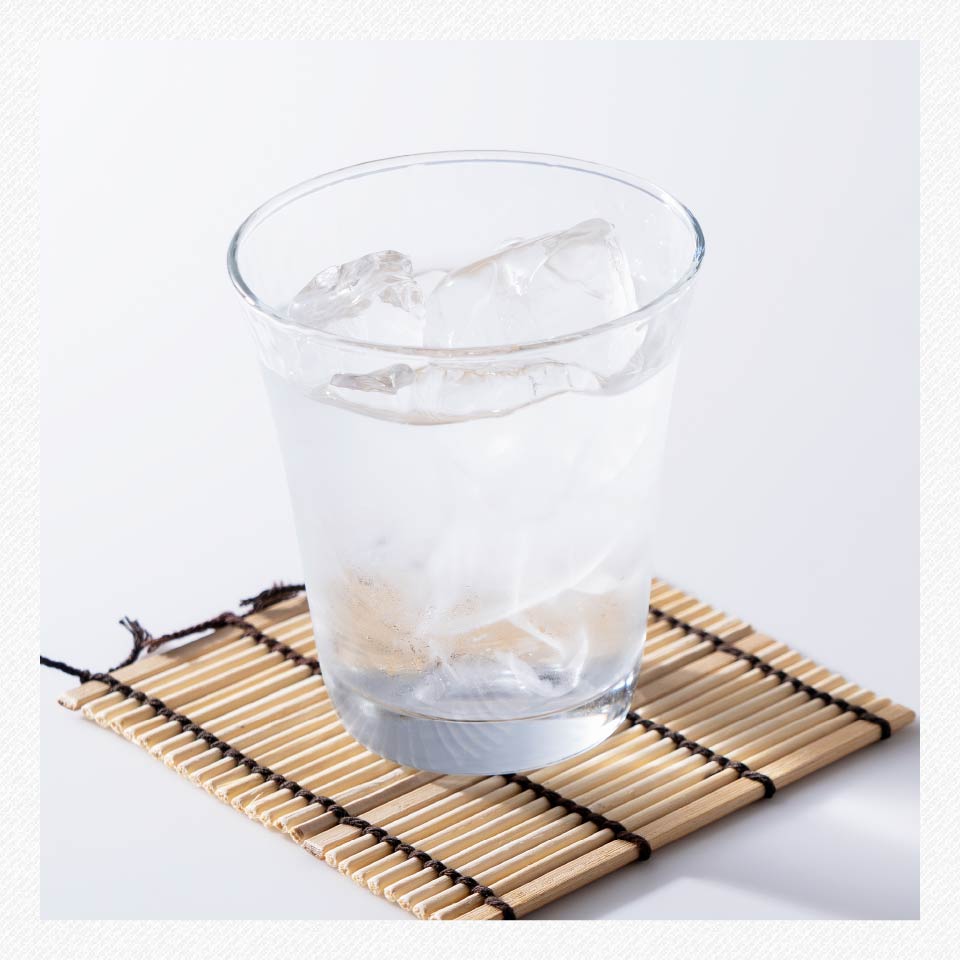Karakara
/ Region: Okinawa /
Legend states that an awamori-loving Buddhist monk created “karakara” in the image of a round rice cake. His ultimate goal was to make a jar that is hard to knock down, especially after drinking. There are two popular theories behind the vessel's name. Some believe the name came from the phrase asking to borrow it, “kase kase (let me borrow it).” Others think it comes from the sound that the jar makes when empty and shaken. Later, similar vessels spread across southern Kyushu. However, kara kara cannot be heated on an open flame like its descendants.


